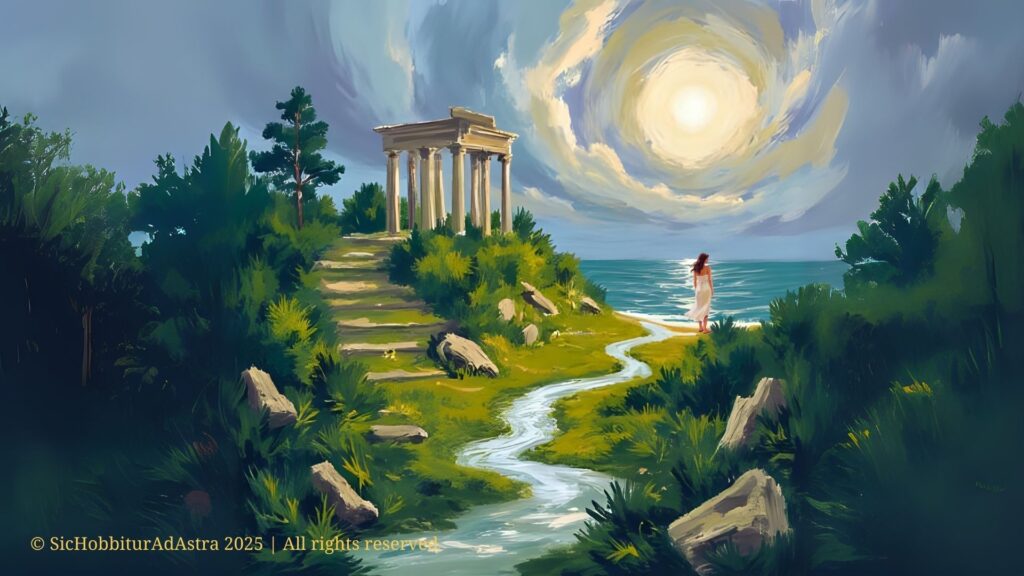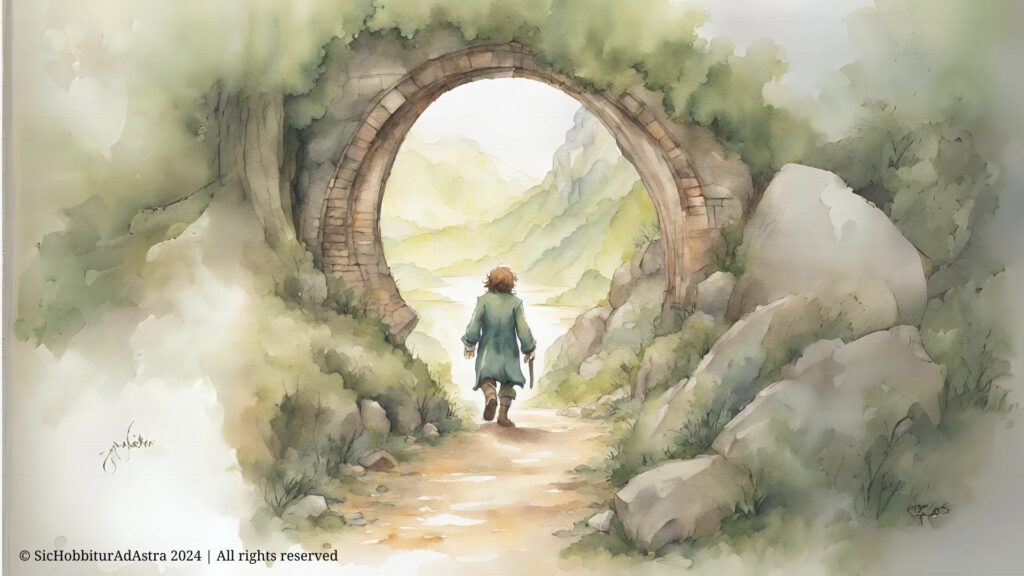
When high school classes finish reading Homer’s Odyssey, Circe often lingers in the background: the sorceress who turns Odysseus’ men into pigs. Her role is brief yet powerful, leaving young readers intrigued and wanting to know more. This is where a contemporary reading can step in: Circe novel (2018), written by classics teacher Madeleine Miller, who revisits and reinterprets the Homeric figure with extraordinary sensitivity. I recently read this book myself, and it completely captivated me, so I decided to share it with my students—it won them over as well, sparking excellent opportunities for dialogue and reflection.
Miller does not simply modernize a myth. She builds a story grounded in careful classical research, while choosing to explore Circe’s most intimate and human dimensions. The result is a narrative that captivates, moves, and—above all—speaks to today’s learners.
Circe Novel: A Plot That Expands the Epic
Circe, daughter of the sun god Helios and the nymph Perse, grows up in a divine world where she never feels at home. Her “harsh” voice, judged a flaw among immortals, instead brings her closer to mortals, toward whom she feels drawn from the very beginning.
The encounter with Prometheus, punished for giving fire to humankind, marks her first break with the world of the gods. Later, her love for the mortal Glaucus and the discovery of her magical powers lead her to life-changing choices, including the transformation of Scylla into the monster of legend.
Banished to the island of Aiaia, Circe creates a solitary yet creative existence made of herbs, spells, and tame animals. Here she welcomes castaways and travelers: Daedalus, Odysseus, and later Penelope and Telemachus. Her relationship with the Achaean hero, in particular, offers a new vision of him: no longer just the cunning figure celebrated by Homer, but a man also marked by cruelty and ruthless calculation, as later traditions often portrayed him.
The novel closes with a surprising choice: after experiencing love, pain, motherhood, and solitude, Circe embraces mortality as the most authentic form of life—one that gives meaning to time and value to experience.
Themes of the Circe Novel for Classroom Reflection
Circe novel is an ideal text for high school because it blends myth with contemporary concerns while raising universal, thought-provoking themes:
“I thought once that gods are the opposite of death, but I see now they are more dead than anything, for they are unchanging, and can hold nothing in their hands.”
Why High School Students Should Read Circe Novel
In short, Madeleine Miller—drawing on her classical background—offers a story rich in accurate mythological references, yet also accessible and engaging for young readers. The novel allows teachers and students to:
- Enrich the reading of the Odyssey with a modern complement that deepens understanding of its characters and myths.
- Start discussions on the relationship between gods and humans, the nature of power, and the importance of change.
- Foster empathy: learners encounter a goddess who speaks their emotional language, who knows fragility, desire, and pain.
Circe novel stands out for the beauty of its prose and the depth of its portrayal of a character too often pushed to the margins. It tells the story of a woman-goddess who chooses to embrace her humanity fully.
For high school teachers, it can be a valuable resource: proof that ancient myths are not relics of the past, but living narratives that still speak of freedom, growth, and identity.
I hope this recommendation is useful! If you have read this novel and would like to share your thoughts, I would love to hear from you in the comments.
Warm regards, and happy teaching!
Chiara
A Note for Teachers
If you have already read the novel with your students or assigned it to them and are looking for a versatile, comprehensive final test, I recommend checking out this resource. It reviews all the themes explored in this article:



